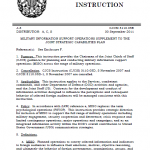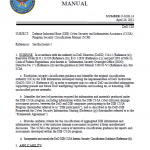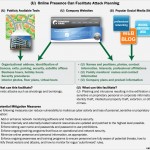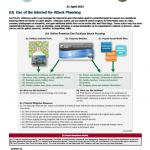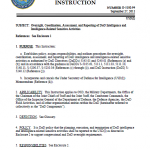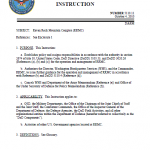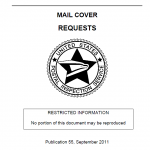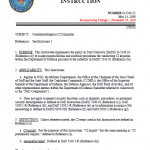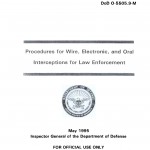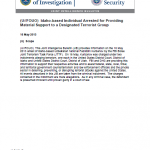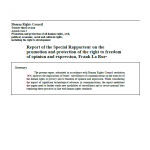
Within DHS, this overarching responsibility for critical infrastructure protection is delegated to the National Protection and Programs Directorate’s (NPPD) Office of Infrastructure Protection (IP), specifically the Sector-Specific Agency Executive Management Office (SSA EMO) CF Branch for commercial facilities. Serving as the Sector-Specific Agency (SSA) for the CF Sector, the CF Branch works with its partners to address and highlight low-cost preparedness and risk management options in the products and tools it makes available to the private sector. For example, the CF SSA has been working to produce a suite of protective measures guides that provide an overview of best practices and protective measures designed to assist owners and operators in planning and managing security at their facilities or events. The Protective Measures Guide for the U.S. Outdoor Venues Industry is one of these guides and reflects the special considerations and challenges posed by the Outdoor Venues Subsector.


